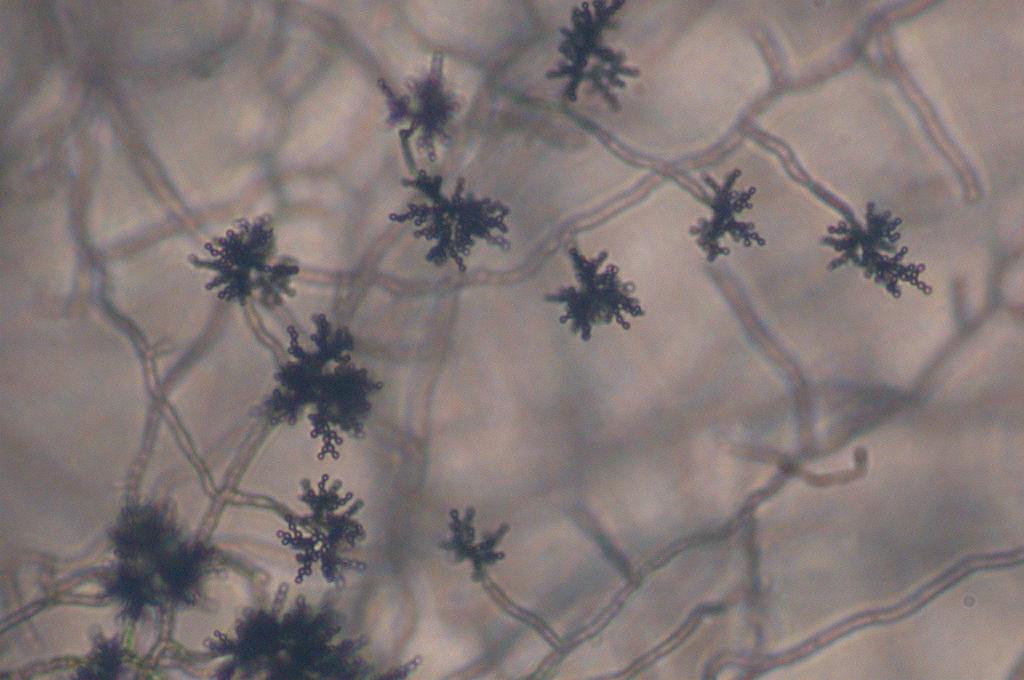
Most Dangerous Moulds That You Can Find In Your Home
By: 911 Water Damage Experts
While mould is virtually found everywhere and isn’t always harmful, there are particular types of mould that are considered to be dangerous as they can pose serious health risks if they’re present in your house.
The most dangerous moulds are basically considered toxic and harmful and even deadly to humans. It’s important to note dangerous mould may appear in any kind of colour and they can grow in both obvious and unsuspecting locations in the home.
Below you will learn the most dangerous moulds that you may find in your building.
Let’s get right into it.
Where Do The Most Dangerous Moulds Grow?

Mould is found both indoors and outdoors. It enters your home through open doorways, windows, vents, and heating and air conditioning systems. Mould in the air outside can also attach itself to clothing, shoes, and pets can and be carried indoors.
Many building materials provide suitable nutrients that encourage mould to grow.
Wet cellulose materials, including paper and paper products, cardboard, ceiling tiles, wood, and wood products, are particularly conducive for the growth of some moulds.
Materials such as dust, paints, wallpaper, insulation materials, drywall, carpet, fabric, and upholstery, commonly support mould growth.
What Are The Most Dangerous Moulds?
With all the various toxic moulds, they fall into five categories.
Categories include Penicilium, Fusarium, Stachybotrys, Aspergillus and Cladosporium.
Each category includes many species of mould, and they have a wide variety of harmful qualities.
Allergic reactions can occur and at times are deadly.
All of these moulds mentioned can grow indoors and are found in homes. They grow in hard to reach spots like under the carpet, in the basement, and in the walls.
What Is Stachybotrys?
Commonly referred to as “black mould,” stachybotrys is one of the most dangerous types of mould and can cause flu-like symptoms, diarrhea, headaches, memory loss and severe respiratory damage.
Because their lungs are still developing, children are at an even greater risk for health problems associated with exposure to black mould.
As its nickname suggests, black mould is dark in colour, although it can also be grey or dark green.
It typically has a very musty or mildewy odour and is found in very damp areas of homes and other buildings.
Stachybotrys has also been linked to severe illness in young infants.
Those people with compromised immune systems, small children, and the elderly are highly susceptible to illness when they come in contact with this species of mould.
Some symptoms associated with exposure to Stachybotrys include (but are not limited to):
-respiratory issues
-nasal and sinus congestion
-eye irritation
-a sore throat
-cough
-chronic fatigue
-central nervous system issues
-aches and pains
What Is Penicillium?
These moulds are ubiquitous. Penicillium is usually found in moist clipboards, decaying fabrics, wallpaper and house dust.
Aspergillus can usually be found in fabrics and damp wallboards.
These mould families have been connected to illnesses such as nail fungus, asthma, and also infections of the lungs, liver, and kidneys.
Research indicates there are roughly 200 known species of Penicillium moulds that are found in the air or the soil.
Their main purpose is to cause food and other perishable goods to spoil, and their presence usually indicates high moisture levels in the environment.
They tend to cling to various damp surfaces, such as walls and wallpapers, floors, and carpets. To make it easier to spot, colours range from blue and yellow to green and white.
What Is Cladosporium?
Cladosporium is a genus of fungi including some of the most common indoor and outdoor moulds.
Species produce olive-green to brown or black colonies, and have dark-pigmented conidia that are formed in simple or branching chains.
Many species of Cladosporium are commonly found on living and dead plant material.
What Is Fusarium?
Fusarium is a large genus of filamentous fungi, part of a group often referred to as hyphomycetes, widely distributed in soil and associated with plants. Most species are harmless saprobes, and are relatively abundant members of the soil microbial community.
Fusarium may cause some types of gastrointestinal illnesses and has been linked to some illnesses which affect the female reproductive system.
What Is Aspergillus?
Aspergillosis is an infection caused by a type of mould (fungus). The illnesses resulting from aspergillosis infection usually affect the respiratory system, but their signs and severity vary greatly.
The mould that triggers the illnesses, aspergillus, is everywhere including indoors and outdoors.
The least serious of the most dangerous mould groups, the Aspergillus mould family consists of almost 200 species.
The mould is yellow-greenish in colour and often encountered indoors.
Neglecting its presence can lead to respiratory infections or may even cause inflammation of the lungs which is a condition known as hypersensitivity pneumonitis.
In Closing
We live in a world surrounded by mould and unfortunately, there’s little that we can do about this because mould is always around.
However, we can keep mould out of our homes and other areas we are exposed to.
The first signs of mould growth in your home may include the noticeable discolouration that mould will leave on the various surfaces they grow on, another could be the mouldy-like odour that the specific mould species produces into the air when spreading throughout the environments air space, or it may even be the start of unprovoked allergy-like symptoms that will start to take place whenever you become exposed to the mould and its spores inside your home.
Nothing is quite as ominous or destructive as the growth and development of mould within your personal indoor environments, such as your home or office buildings.
A potentially hazardous, fast-growing, and unalarming fungal growth in your home, mould and its numerous different species will easily grow and rapidly spread throughout the entire environment/air space of a home without much attention.
If you do find mould in your home, you will need to identify which type of mould you are dealing with so that you can take the correct steps to remediate and remove it.
Contacting a professional mould remediation company can help you determine if you have one of the most dangerous moulds in your home and guide you through the proper treatment.
If you have any questions about mould inspection and mould removal feel free to call us at 1-833WE-DRY-IT anytime 24/7/365 all the time. We’re there when you need us!
Related Posts
[LIST] Mould allergy symptoms: Here’s what you should look out for
Mould inspection guide: how much does it cost and when to get one
Most common and unexpected places where you can find mould growth
Got mould in my attic: what do I do?
The dangers of a leaky roof and what to do when you find a leaky ceiling
What’s causing mould in your home? Here are the top reasons why
How to prevent mould growth after a flood
Hire the right mould removal company by asking these vital questions
15 interesting facts about mould
What causes mould damage and what you can do about it
Top common signs of water damage: here’s what to look for







